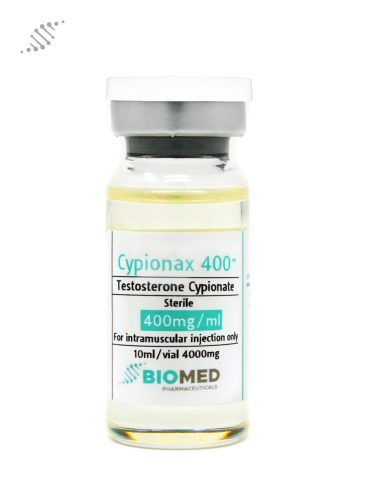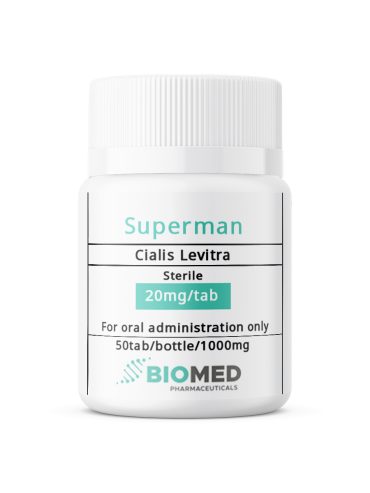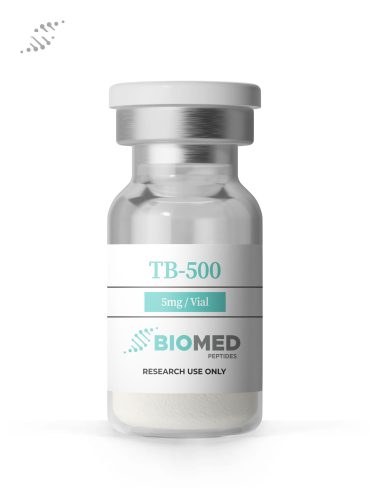- You have no items in your shopping cart
- Continue Shopping

Steroids have long stood at the intersection of hype and fear. They’re praised in locker rooms, demonized in the news, and whispered about in gyms everywhere. But despite the endless chatter, how much do we really know? Over the years, myths about anabolic steroids have taken root so deeply in public consciousness that they’re rarely questioned.
It’s time to shine a light on what’s fact and what’s fiction. In this article, we’ll break down five of the most stubborn myths about steroids—looking at who really uses them, how dangerous they are, whether they’re addictive, their legality, and whether they actually deliver results without effort.
Myth 1: Steroids Are Only Used by Bodybuilders and Athletes
When people picture steroid users, they usually think of pro athletes or massive bodybuilders. But in truth, the majority of steroid users are everyday individuals—working professionals, college students, and even older adults.
A study found that the large majority of anabolic steroid users are not elite athletes. Most users are regular gym-goers aiming to enhance physical appearance or combat aging. Law enforcement personnel and laborers also appear frequently in usage statistics
Teenage Use and Body Image Pressures
Teenagers, too, are increasingly influenced by media and peer pressure to chase unrealistic physiques. A study reports around 3.3% of high school students admit to steroid use where body image—not performance—is often the driving factor. Social media continues to amplify the appeal of rapid physical transformation
Exploring Legitimate and Informed Options
Hormone support isn’t just for professional competitors. Many turn to foundational products like testosterone enanthate, available in different formulations including Testobolin 250 mg/ml and Testobolin 400 mg/ml, to manage age-related decline or to complement fitness goals.
Options like NPP (Nandrolone Phenylpropionate) and Masteron Propionate are also used among those pursuing leaner physiques or cutting phases. These aren’t reserved for elite athletes—they’re utilized by people from all walks of life.
The idea that only competitive athletes use steroids couldn’t be further from the truth. Steroid use is broad, and increasingly tied to self-image and wellness—not just performance.
Myth 2: Steroids Are Extremely Dangerous and Always Cause Permanent Harm
Yes, steroids have risks—but like many drugs, those risks increase significantly with misuse. The most harmful effects generally arise from high doses taken over long periods without medical oversight. The Mayo Clinic confirms therapeutic testosterone use is safe when properly monitored. Common short-term side effects like acne and mood swings are usually reversible
When Things Go Wrong: Black Market Dangers
Illicit steroid use brings far more danger than prescribed usage.
- Black-market products are often contaminated or dosed incorrectly.
- Users may unknowingly inject harmful fillers or synthetic additives.
- Lack of access to post-cycle therapy increases the risk of long-term suppression.
Supporting Recovery and Hormone Health
Proper post-cycle therapy (PCT) can significantly mitigate health risks. Products like Aromasin (Exemestane), Arimidex (Anastrozole), and Clomid (Clomiphene Citrate) are staples of PCT strategies aimed at restarting natural testosterone production.
Additionally, for injection cycles, many users rely on Bacteriostatic Water and sterile intramuscular syringes to maintain hygiene and reduce injection site complications.
Steroids can be dangerous—but they’re not inherently so. Context, supervision, and quality matter far more than scare tactics.
Myth 3: Steroids Are Addictive Like Narcotics
Unlike drugs like opioids, anabolic steroids don’t cause a euphoric high. However, they can still become psychologically habit-forming. NIDA reports that steroid users often develop emotional dependency related to body image. Withdrawal symptoms may include fatigue, depression, and decreased libido. Dependency is typically psychological rather than physical.
Hormonal Suppression and Withdrawal
After a steroid cycle, the body’s natural hormone production often shuts down temporarily. This suppression can cause distress if not properly managed.
- Post-cycle therapy can ease the transition off steroids.
- Depression and anxiety are common in the absence of recovery planning.
- Lack of education exacerbates emotional withdrawal symptoms.
Tools to Reduce Dependency Risk
Beyond anti-estrogens, compounds like HCG 5000iu and Dostinex (Cabergoline) are also employed to support the endocrine system during recovery. These help reduce dependency-related symptoms and restore well-being after cessation.
Steroids aren’t addictive like narcotics—but the mental attachment to results makes responsible cycling and emotional support essential.
Myth 4: Steroids Are Completely Illegal and Cannot Be Used Safely
It’s a myth that steroids are flat-out illegal. In many places, they’re legal with a prescription and used in legitimate medical settings. In Canada, anabolic steroids are Schedule IV substances. They’re prescribed for conditions like low testosterone, anemia, and muscle wasting. Misuse begins when steroids are sourced without medical guidance.
Dangers of Illicit Purchases
Buying from unauthorized sources introduces significant risk as counterfeit products are common in underground markets. Improperly dosed or contaminated steroids can cause severe harm. Lack of transparency makes it hard to track what’s being injected or ingested. Steroids can absolutely be used safely when done through proper medical and legal channels.
Myth 5: Steroids Instantly Make You Huge Without Effort
Steroids enhance performance, but they do not replace hard work. Gains still require discipline, time, and recovery.
A New England Journal of Medicine study showed lifters on testosterone gained more than non-lifters—but not without effort. Nevertheless, training volume and intensity remain key drivers of muscle growth. Nutrition and sleep are critical for maximizing results, yet are often overlooked.
Enhancing, Not Replacing
Steroids amplify the effects of good habits—they don’t build your body on their own. Protein synthesis and recovery improve with steroids, but only when paired with effort. Poor training habits will still produce minimal results, even on cycle. Mindset and consistency still reign supreme.
Smarter Supplementation
To complement your training, products like the Lean Muscle Stack or Strength Stack provide comprehensive options for maximizing performance. Steroids aren’t magic. They can accelerate your progress, but they demand the same discipline and effort as natural gains—if not more.
Conclusion
Steroids are often misunderstood, and these myths do more harm than good. By replacing fear with facts, we empower individuals to make informed decisions. The truth is that steroids aren’t just for bodybuilders, they’re not always dangerous, they’re not chemically addictive, they’re not all illegal, and they absolutely don’t work without effort.
Each of these busted myths brings us closer to an honest conversation about what steroids are—and what they are not.
To explore safe and informed options for performance enhancement, visit Biomed. For questions, consultations, or product support, reach out to us.
When the myths fade, what’s left is the power of informed choice.







